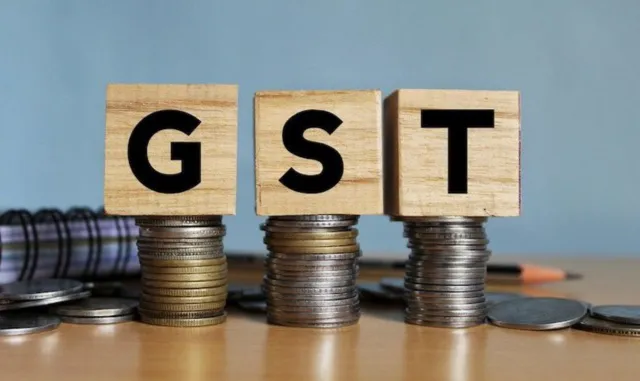In March 2025, the Indian government raised ₹1.96 lakh crore through Goods and Services Tax (GST), compared to ₹1.78 lakh crore in March 2024. This marks a 9.9% increase in GST collection.
Importance of GST Collection
GST collection is a key indicator of the country’s economic health. When GST revenue rises, it signals a healthy domestic economy as it reflects business activity, consumption, and production levels.
13th Consecutive Month of Over ₹1.7 Lakh Crore Collection
March 2025 was the 13th consecutive month where GST collection exceeded ₹1.7 lakh crore. This indicates continued growth in India’s economy and strong business activity.
Annual Collection and Financial Year 2024-25
In the financial year 2024-25, the net GST collection totaled ₹19.56 lakh crore, a significant amount reflecting the country’s growing economic activity.
Top Collection Months
In April 2024, India saw its highest-ever GST collection of ₹2.10 lakh crore. This was followed by the third-largest collection in November 2024, which was ₹1.96 lakh crore.
GST Structure
GST, implemented on July 1, 2017, is an indirect tax that replaced several older taxes like VAT, service tax, and excise duty. It has four tax slabs: 5%, 12%, 18%, and 28%. This has allowed the government to collect taxes in a more transparent and efficient manner.
History of GST Implementation
Before the implementation of GST in 2017, India had multiple tax systems managed by the central and state governments, including VAT, service tax, and excise duty. GST simplified the tax structure by consolidating these taxes into one, making it easier for both businesses and consumers.
Thus, GST not only serves as a major source of revenue for the government but also reflects the country’s economic stability and growth.
Shashi Rai














